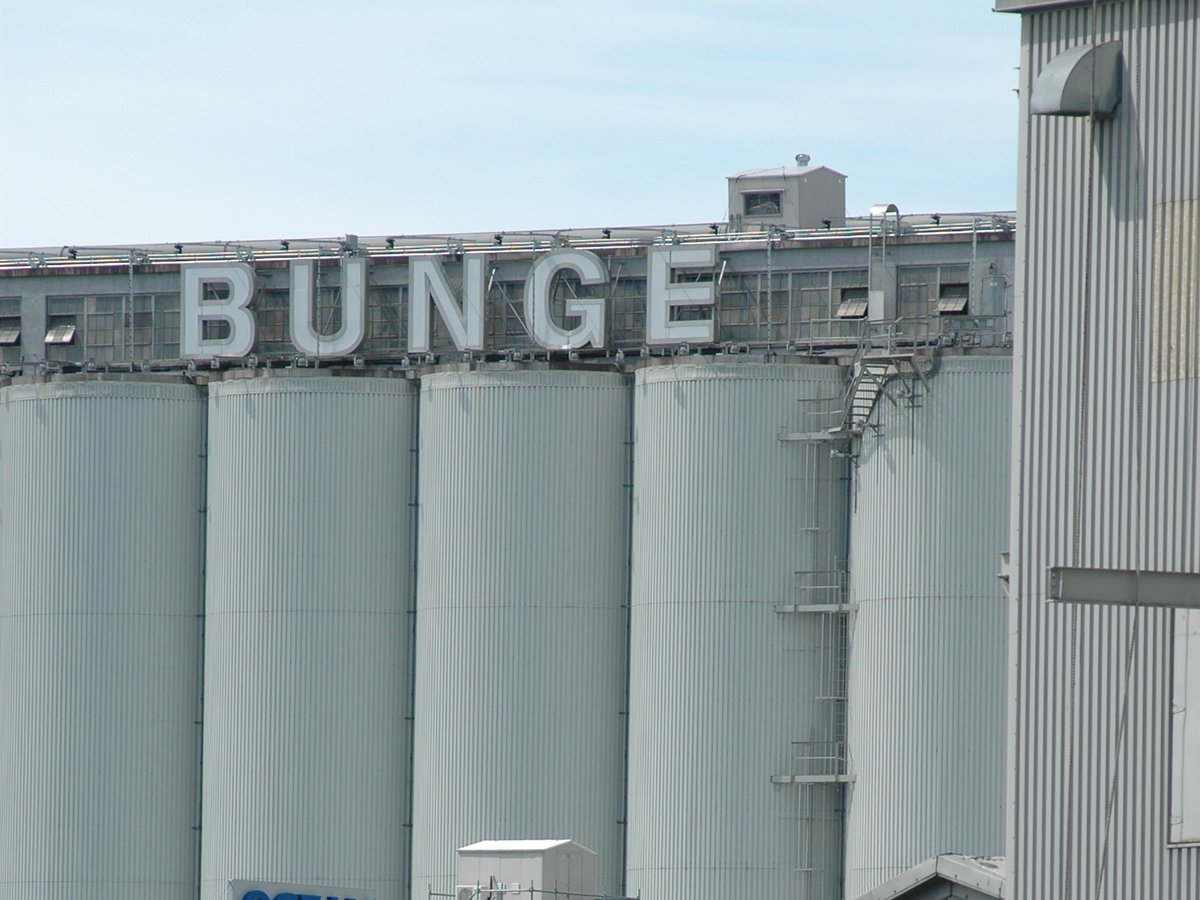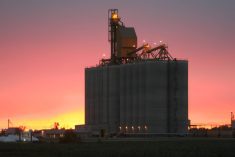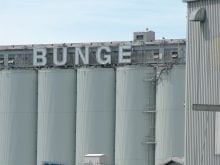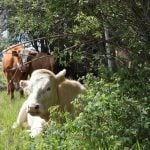SASKATOON — Bunge has predominantly been a soybean processing company, but that is about to change following its merger with Viterra.
The company recently unveiled its new approach to financial reporting, which breaks earnings and volumes down by segment.
“We are pleased to announce our new segmentation and supplemental volume reporting, which we believe provides investors with a clear understanding of the key drivers of our combined company’s results and value chains,” Bunge chief executive officer Greg Heckman said in a press release.
Read Also
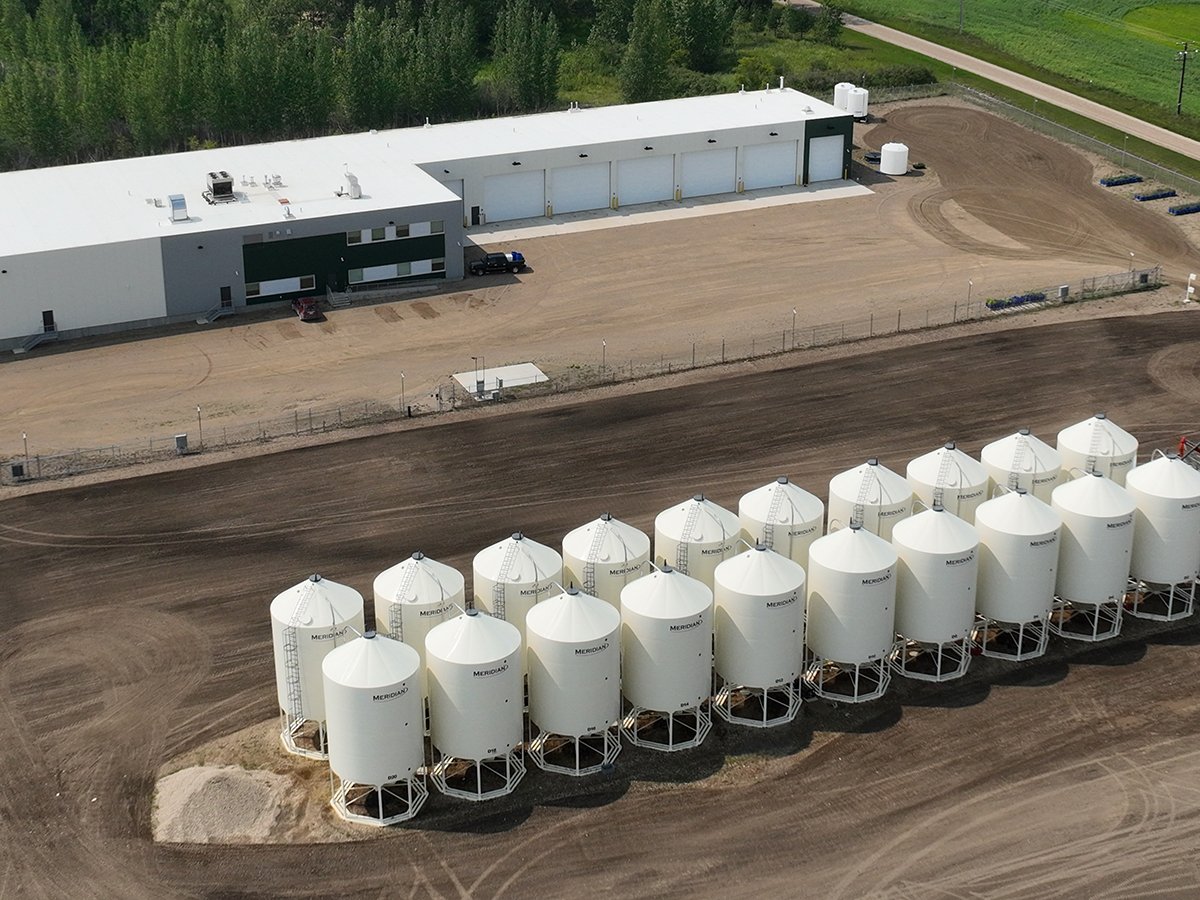
Saskatchewan firm aims to fix soil with compost pellets
In his business, Humaterra, Leon Pratchler is helping farmers maximize yields in the weakest areas of their fields through the use of a compost pellet.
The combined entity now has four segments — soybean processing and refining, softseed processing and refining, other oilseeds processing and refining and grain merchandizing and milling.
It will start using those segments in its financial reporting starting in the third quarter of 2025.
In preparation for that, the company recast its financial highlights as a Bunge standalone pre-merger business using the new segments.
Bunge’s soybean processing and refining segment generated US$1.23 billion of earnings before interest and taxes (EBIT) in 2024.
Softseed processing and refining, which includes canola, rapeseed and sunflower, chipped in another $565 million.
“Softseeds are certainly going to become more meaningful,” John Neppl, Bunge’s chief financial officer, said in a recent business update webinar.
“(Viterra has) a pretty big softseed footprint and have merchandized a lot more seed than we typically did.”
Other oilseed processing and refining, which includes soy protein concentrate, tropical oils and specialty oils, contributed $177 million in EBIT.
Grain merchandizing and milling, which includes corn, wheat, barley, other grains, cotton and sugar, delivered $364 million.
“(Viterra) handled a lot more corn and wheat and barley than we did historically, so you’re going to see a big increase there,” said Neppl.
In terms of volumes, Bunge processed 36.82 million tonnes of soybeans and merchandized another 15.4 million tonnes as a standalone company in 2024.
That compares to 9.31 million tonnes of softseeds processed and 755,000 tonnes merchandized.
It also merchandized and milled 36.66 million tonnes of grain.
Neppl said the company is already starting to see some logistical synergies resulting from the merger.
“On the ocean freight side, we’re essentially doubling the chartering capacity that we had globally and that’s going to have a bigger impact on ocean freight results,” he said.


